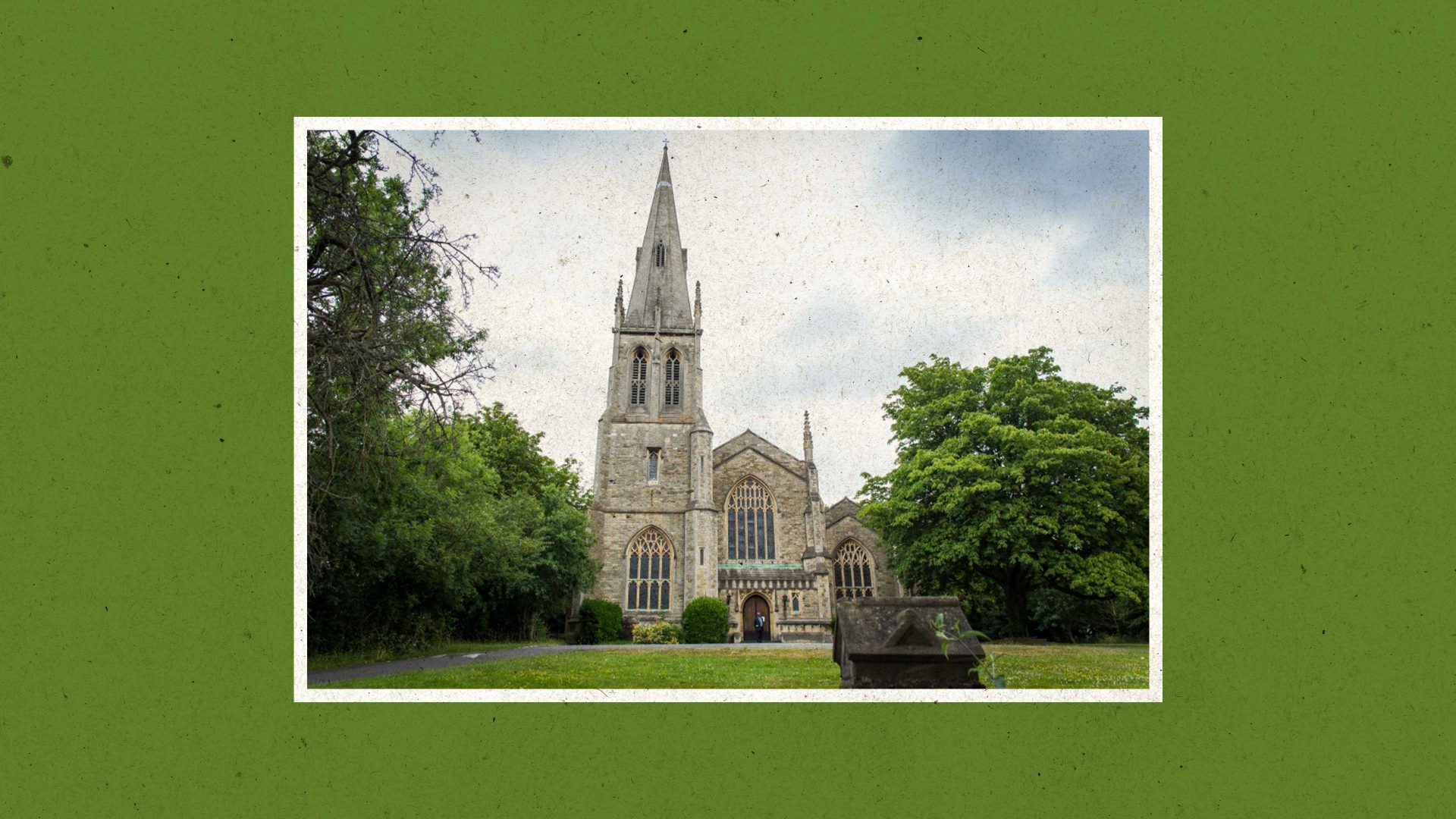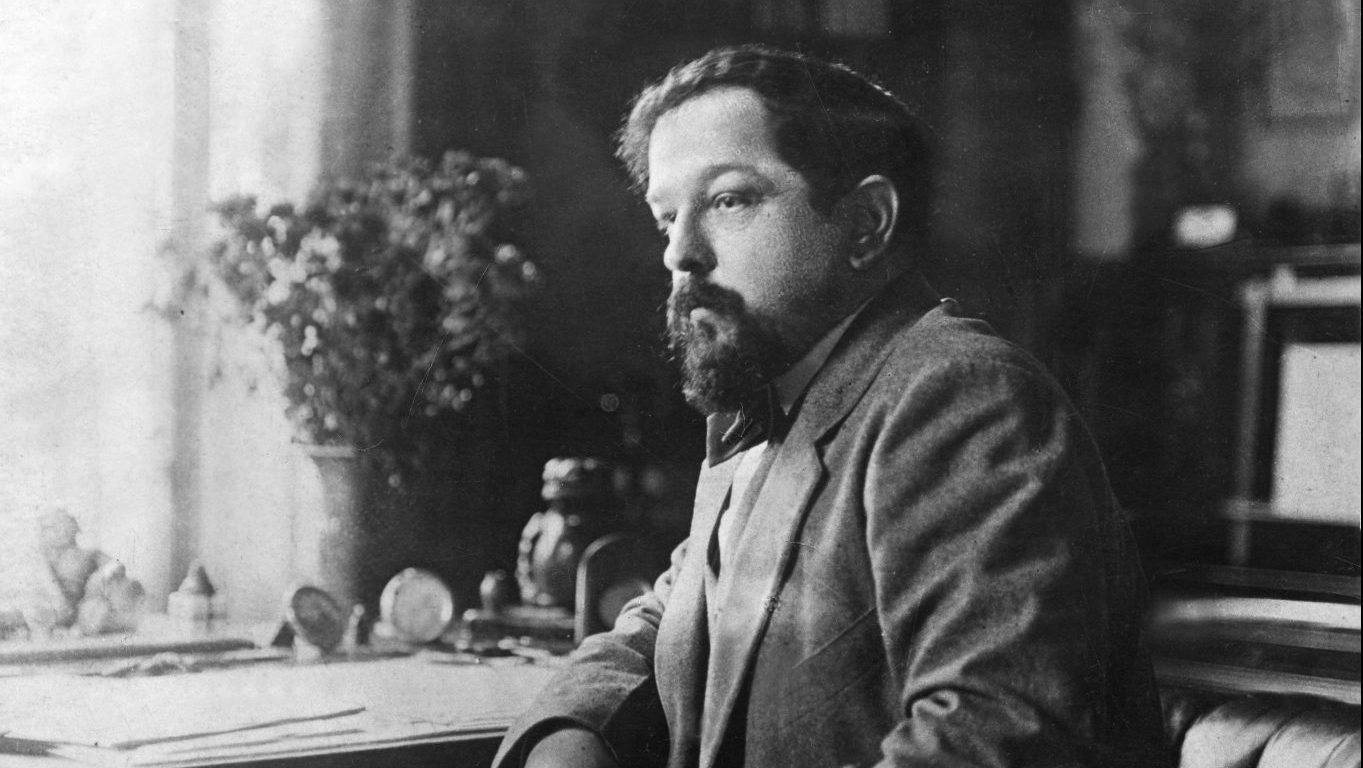The woman on the 297 bus to Willesden was wearing a turban and a dress made from the same material. I couldn’t take my eyes off of it: bright green waxed Holland fabric, with a regular pattern of stylised hands in profile, holding spray cans emitting yellow balls of some gas that looked as noxious as the colours were garish.
Me being me, I couldn’t forbear and asked her where she’d got it, and what attracted her to having representations of spray cans in use spread all over her ample frame. She said something I couldn’t catch – and then we both got off anyway. Besides, I wasn’t on my manor, so it was unlikely I’d be coming back anytime soon. Not having made it here to Neasden in all my 62 years heretofore, even though it’s only a few miles from where I grew up in north London.
It could be because the suburb is a sort of cliche – endlessly guyed in the pages of Private Eye as an acme of boredom; or it could be because, well, it is a sort of acme of boredom, what with its row after row of mean-featured semis, each one a botched exercise in one Englishman or another trying to create his personal castle, with a pocket-sized lawn or some fake half-timbering.
Or an Englishwoman, of course – or an African one for that matter, like the spray-can mumu-wearer on the 297; because this part of so-called Metroland, in the Brent constituency, has a high immigrant population – returning Red Ken Livingstone for many years as its MP. MM’s destination was St Andrew’s in the adjoining ’burb of Kingsbury – that and some bizarre houses built in the 1910s by an architect called Ernest Trobridge, who incorporated the theories of the 18th-century Swedish mystic, Emanuel Swedenborg, into their design.
Swedenborg gave accounts based on personal revelation of the nature of the afterlife – and of course, thanks to lesser architects than Trobridge, on a wet Sunday afternoon at the fag-end of winter, to wander these streets and cul-de-sacs is to feel yourself dead but unburied. But anyway – before I got to the houses (which are well worth the trip), there was church.
Regular readers may’ve noticed that MM is attending more and more nowadays, and I make no excuse: I remain a sincere agnostic, but I enjoy going in part because besides the kids on the estates, it’s one of the only places in London I see black and white people doing something wholeheartedly together that isn’t working for the goddamn man. From the point of view of integration, St Andrews didn’t disappoint.
Nor did the church itself, which is arguably the first Gothic revival one to be built in England. Originally erected in Marylebone, in central London, in the 1830s; a hundred years later it was entirely disassembled then reassembled in this newly-built suburb: a testimony to the great faith there still was in, um, faith. It being Mothering Sunday, the kids came up to the front with collage letters spelling out “MOTHER”, and there wasn’t a dry eye in the house.
Even Mrs MM might’ve leaked a little, if she’d been with me – despite being a Frenchwoman who takes her laïcité very seriously indeed, and who has about as much time for what she calls “a misogynist cult that condemns women to be either whores, virgins, mothers, or worst of all, virgin mothers” as I do for Netflix.
The presiding priest handed out posies to everyone who either had a mother in church, or was one – MM, in his patriarchal robes, wandered out into the overgrown churchyard. The original St Andrews isn’t the Gothic revival one, but a tiny little rectangular building hidden among the tip-tilting gravestones. The guide says there’s Roman material incorporated into the building, but the recognisable features are Norman. Either way, it’s an extraordinary phenomenon: a putatively 2,000-year-old structure, around which suburbia has congealed.
The church is no longer consecrated – but it was open, and there was a huddle of men chatting quietly in a gloomy interior, their thin, dark faces illuminated by some icon-style paintings that had been leant against the backs of chairs, and had candles placed on the seats in front of them. It was obvious they were a congregation of some kind, but I asked them anyway: Yes, an Orthodox one, came the reply. And what sort of Orthodoxy? Why, Armenian, of course – and would I like some cake?
My own mother died when cuddly Margaret Thatcher was still in power, and like a lot of men with female partners, I am, indeed, inclined to view Mrs MM as a mother-substitute at times. Regular readers of the column will know that besides being French, she’s also of Armenian heritage – so, standing there, eating cake in Kingsbury, felt like a bizarre sort of homecoming indeed, to a very faraway nearby.



